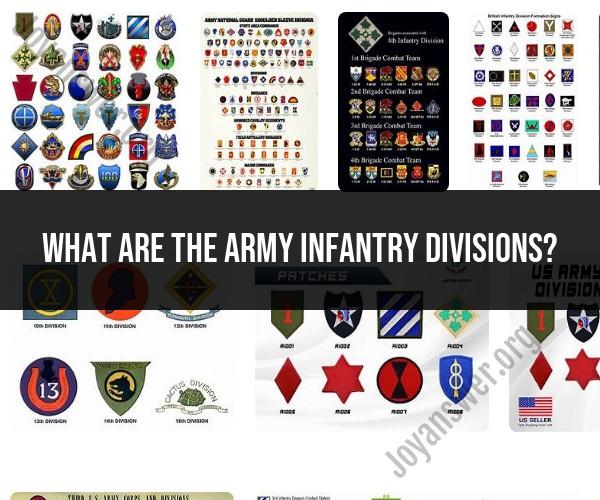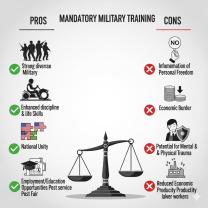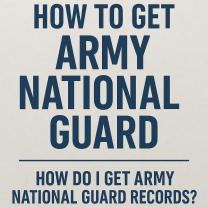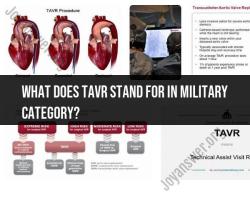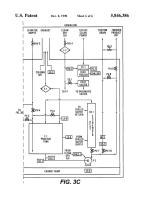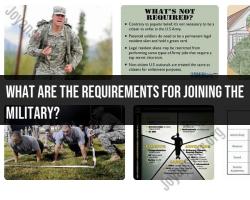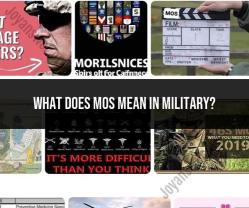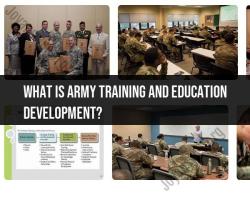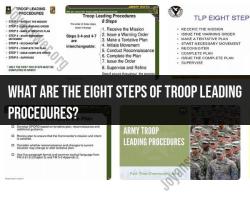What are the Army infantry divisions?
The United States Army organizes its ground forces into a variety of divisions, each with its own specific mission and capabilities. Infantry divisions are one category of these divisions, and they play a crucial role in ground combat. Here's an overview of the Army's infantry divisions and their missions:
1. Infantry Division (Light):
- Mission: Light infantry divisions are designed for rapid deployment and operations in austere environments. They are often the first to respond to crises and can be quickly airlifted to various regions around the world.
- Composition: Light infantry divisions have a mix of infantry, artillery, and support units. They are known for their mobility and versatility, with a focus on dismounted infantry operations.
2. Infantry Division (Mechanized):
- Mission: Mechanized infantry divisions are equipped with armored personnel carriers and are designed for combined arms warfare. They can quickly move infantry and their supporting weapons across the battlefield.
- Composition: These divisions include infantry battalions, armored units (often equipped with Bradley Fighting Vehicles), artillery units, and various support elements. They are capable of conducting mechanized and armored warfare.
3. Infantry Division (Stryker):
- Mission: Stryker infantry divisions are equipped with Stryker armored fighting vehicles, which provide a balance between mobility, protection, and firepower. They are designed for rapid deployment and expeditionary operations.
- Composition: These divisions have infantry brigades equipped with Stryker vehicles, as well as artillery, engineer, and support units. They are known for their versatility and ability to operate in various environments.
4. Infantry Division (Air Assault):
- Mission: Air Assault infantry divisions are specialized in conducting air assault operations, which involve deploying troops and equipment quickly via helicopters. They excel in rapid deployment and vertical envelopment tactics.
- Composition: These divisions have infantry battalions trained for air assault operations, aviation units with helicopters, artillery units, and support elements. Their mobility and speed are key assets in their missions.
5. Infantry Division (Airborne):
- Mission: Airborne infantry divisions are trained to conduct parachute and air-landing operations behind enemy lines. They are designed for rapid, forcible entry into hostile territory.
- Composition: These divisions have specialized airborne infantry units, along with artillery, engineer, and support units. They are known for their ability to deploy by parachute and glider.
It's important to note that the composition and capabilities of infantry divisions can evolve over time as the Army modernizes and adjusts its force structure to meet changing threats and operational requirements. These divisions are often part of larger Army formations, such as corps, and they can be deployed for a wide range of missions, including offensive, defensive, and stability operations, depending on the needs of the Army and the situation.
Understanding the Composition of Army Infantry Divisions
An Army Infantry Division is a combined arms unit that is designed to be highly mobile and versatile. It is capable of conducting a wide range of operations, including offensive and defensive operations, stability operations, and humanitarian assistance and disaster relief operations.
An Infantry Division is typically composed of the following units:
- Three Infantry Brigade Combat Teams (IBCTs)
- One Artillery Brigade Combat Team (IBCT)
- One Division Headquarters and Headquarters Battalion (HHB)
- One Division Sustainment Brigade (DSB)
The IBCTs are the primary fighting force of the division. They are responsible for closing with and destroying the enemy.
The Artillery Brigade Combat Team provides fire support to the IBCTs. It can also be used to attack enemy positions or to disrupt enemy operations.
The Division Headquarters and Headquarters Battalion provides command and control for the division. It also provides support functions such as intelligence, communications, and logistics.
The Division Sustainment Brigade provides logistical support to the division. This includes providing food, water, fuel, ammunition, and medical care.
Specialized Units and Functions Within Infantry Divisions
In addition to the standard units listed above, Infantry Divisions also have a number of specialized units and functions. These units and functions are essential for the division to be able to carry out its mission.
Some examples of specialized units and functions within Infantry Divisions include:
- Aviation Brigade: This unit provides aviation support to the division, including helicopter transport, reconnaissance, and attack capabilities.
- Military Intelligence Battalion: This unit provides intelligence support to the division, including collecting and analyzing information about the enemy and the terrain.
- Signal Battalion: This unit provides communications support to the division, including establishing and maintaining communication networks.
- Engineer Battalion: This unit provides engineering support to the division, including building bridges and roads, clearing obstacles, and fortifying positions.
- Medical Battalion: This unit provides medical support to the division, including treating sick and wounded soldiers.
Training and Readiness of Army Infantry Divisions
Army Infantry Divisions are highly trained and ready to respond to any crisis. They train regularly to ensure that they are able to operate effectively in any environment.
Infantry Divisions train on a variety of tasks, including:
- Close combat: This includes training on how to fight the enemy hand-to-hand and with small arms.
- Fire support: This includes training on how to use artillery, mortars, and other weapons to support the infantry.
- Mobility: This includes training on how to move quickly and efficiently through the battlefield.
- Logistics: This includes training on how to provide food, water, fuel, ammunition, and medical care to soldiers.
Infantry Divisions are also trained to operate in a variety of environments, including deserts, mountains, and jungles. They are also trained to operate in different types of weather conditions.
Army Infantry Divisions are a vital part of the US military. They are highly trained and ready to respond to any crisis.
